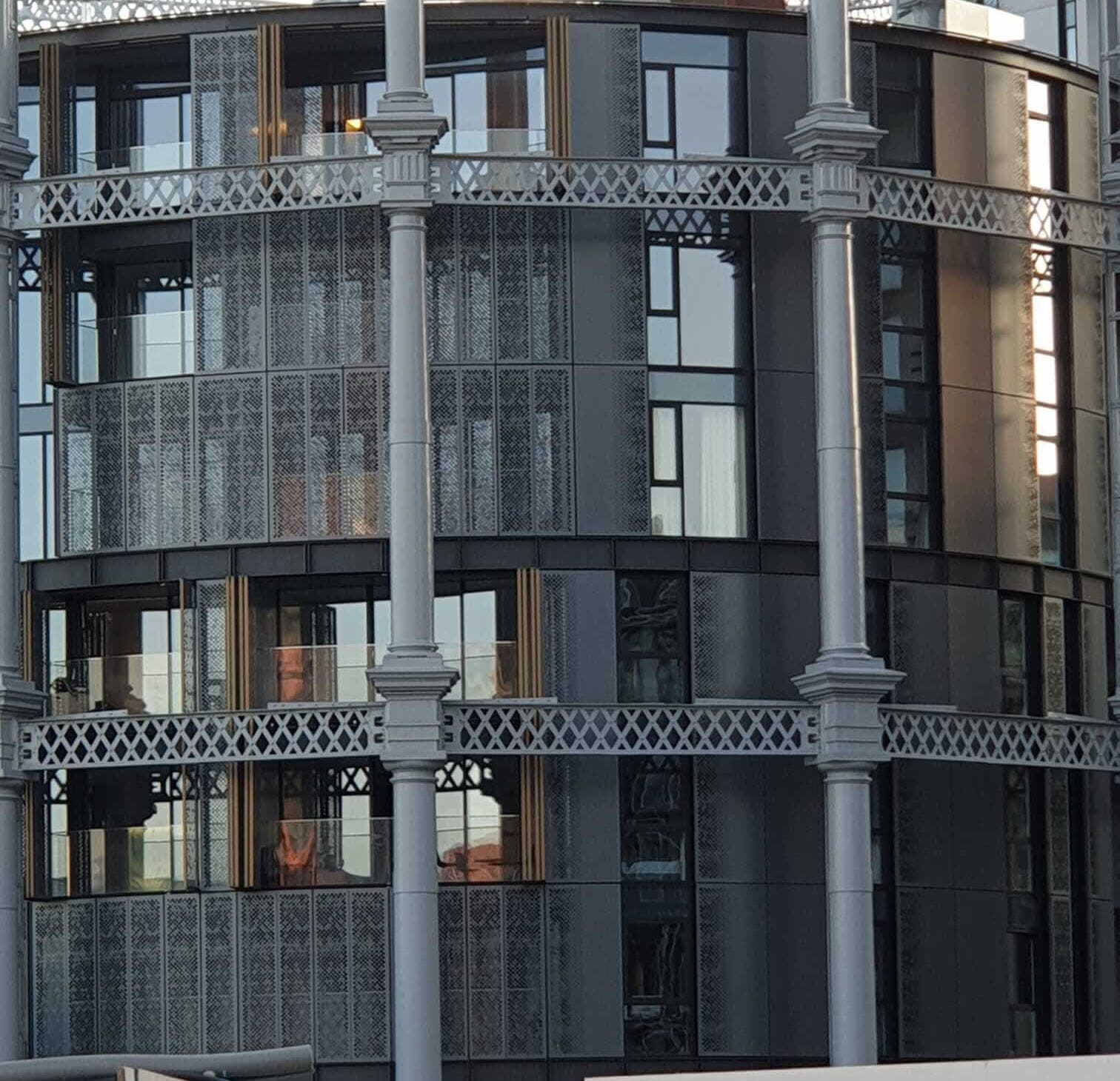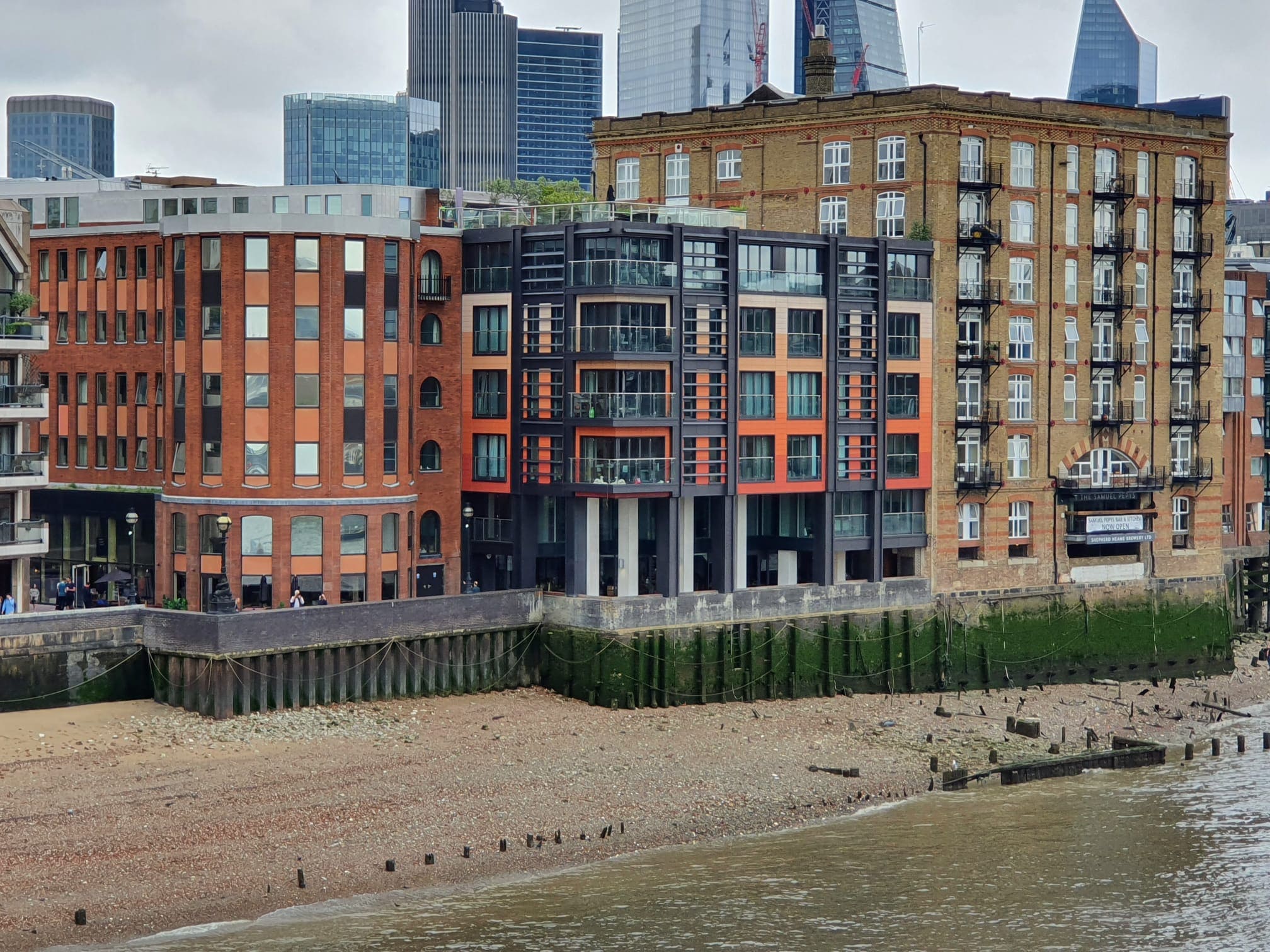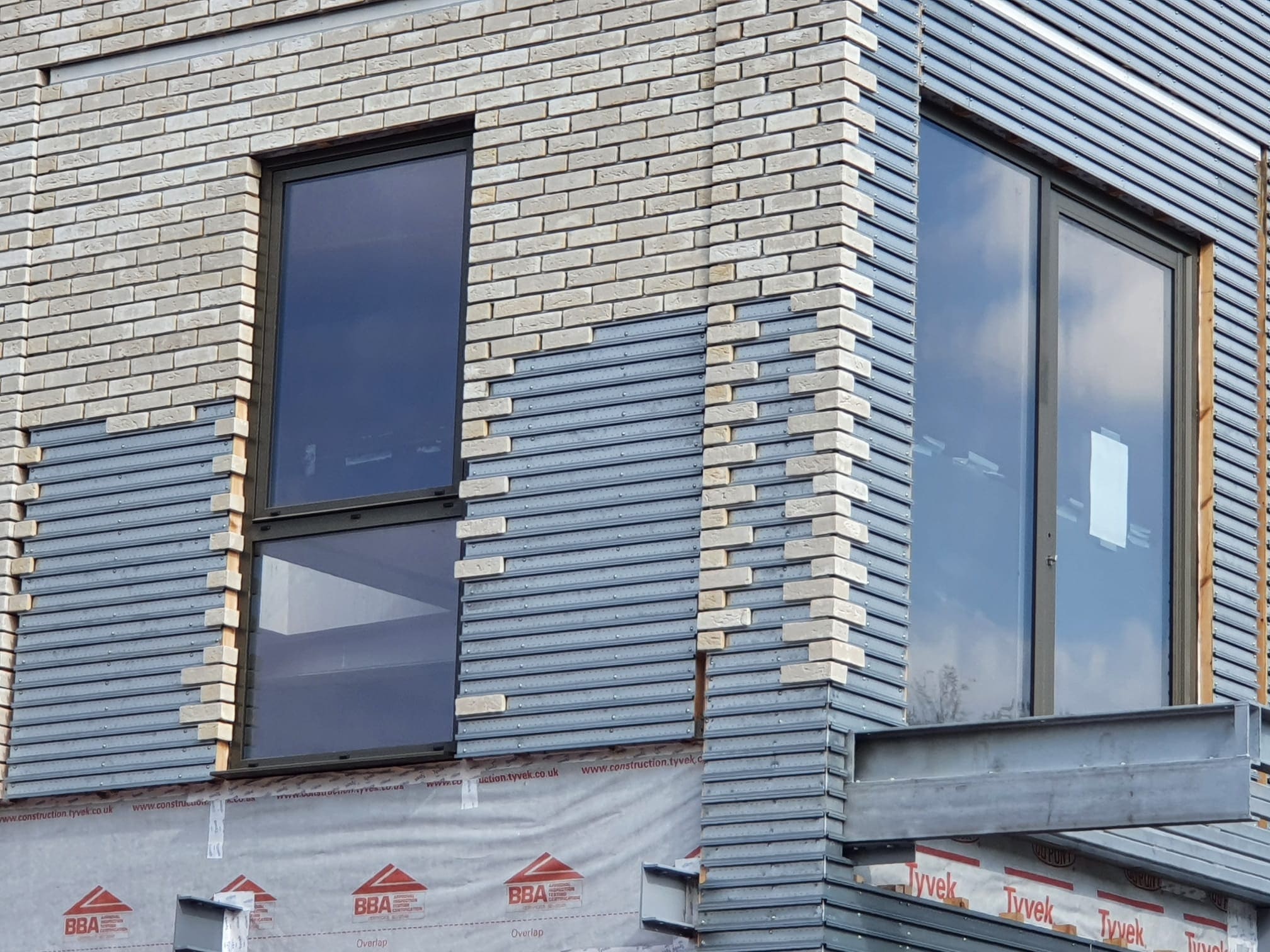 978
978
 0
0
The Impact of Cladding Tests on Flat Owners
On 5 May, Mary-Anne Bowring, Ringley Group MD, hosted a UKAA Webinar addressing the complex issue of cladding tests. She focused on EWS1 form compliance and the future beyond the Hackitt Review. EWS stands for External Wall System and assesses the safety of external walls on residential buildings. Mortgage valuers are now required to declare if cladding is present, and lenders refuse to provide mortgages until they fully understand the type of cladding used and whether it meets their lending policies. As a result, valuers are effectively risk-rating residential blocks, leaving many flat owners with homes valued at zero and unsellable until further cladding tests are completed. The process of applying for and receiving an EWS1 form can take around two months.
The Challenge of Changing Building Materials
Over time, introducing new materials like cladding can alter a building's fire performance if the protective layers of each material are not assessed both independently and together. In some cases, unsafe materials may already be present, or sub-contractors might have unknowingly compromised safety by substituting specified materials. Previously, lenders were primarily concerned with ACM cladding, but now they scrutinize all types of cladding. "This includes HPL cladding and the entire wall system—insulation, fixings, fire stopping around windows, glue, and more," explains Mary-Anne.
New Government Guidance on Fire Safety
This shift in focus stems from new government guidance issued in January: Advice for Building Owners of Multi-storey, Multi-occupied Residential Buildings. The guidance expands fire safety concerns beyond cladding to any material that could contribute to fire spread, regardless of a building's height. It states that residential buildings with combustible external walls may not meet safety standards, posing risks to residents, other building users, and firefighters. The fire brigade is now actively monitoring the materials being used on these buildings.
The Need for More Support for Residents
Mary-Anne warns against relying solely on material samples from lower levels of a building, as they may differ from those used higher up. Even before this guidance, Building Regulations imposed stricter requirements on buildings over 18 metres. The government has allocated a £600 million fund to replace ACM cladding and an additional £1 billion for non-ACM cladding on high-rise buildings (18 metres or higher). However, no financial assistance has been provided for owners of multi-storey buildings under this height, leaving many residents in potentially dangerous blocks without government support.
The Ongoing Cladding Scandal
One thing is clear—the cladding crisis is far from over. Many homeowners will remain trapped in their properties well beyond lockdown if urgent action is not taken. The financial burden and uncertainty continue to impact thousands across the country.
Join Future Webinars for More Information
If you are interested in attending future webinars hosted by Ringley, please contact Anthony.james@ringley.co.uk to register your interest.





Meet our Expert Property Commentators



























